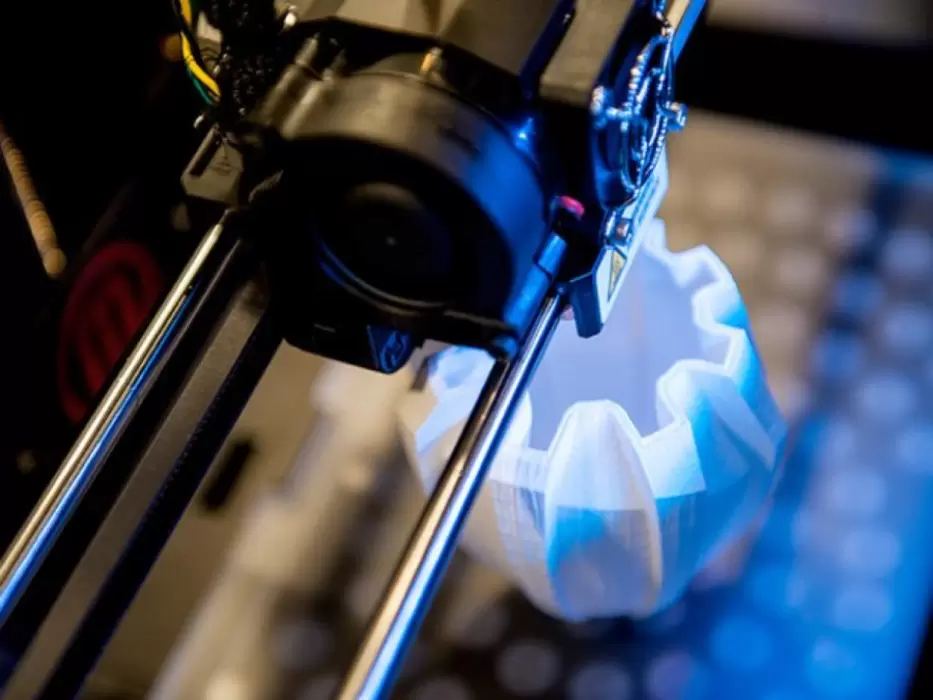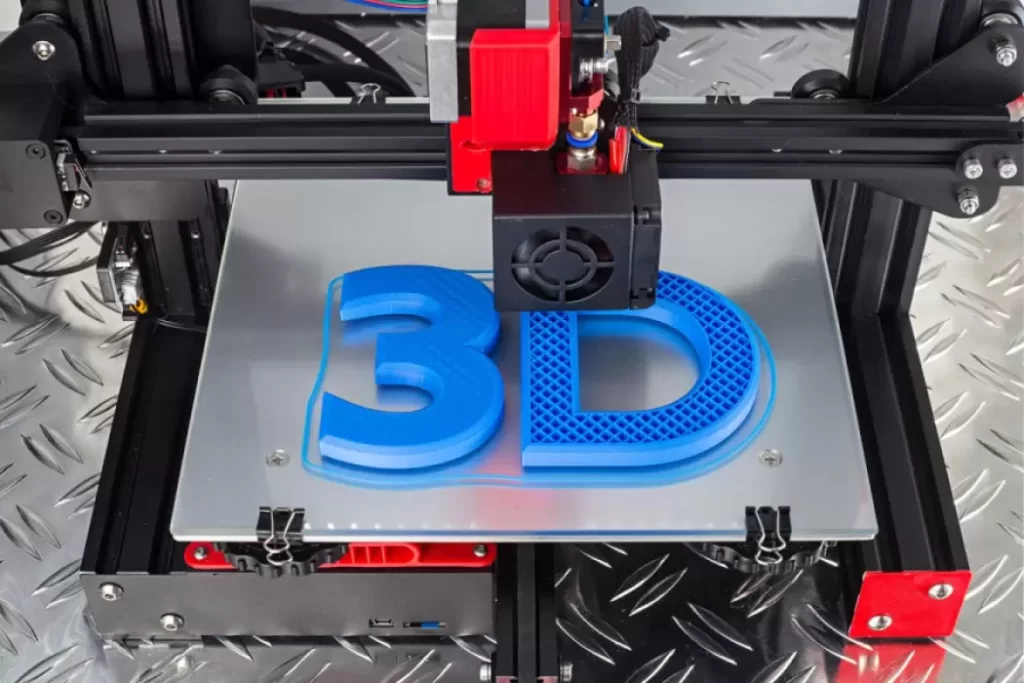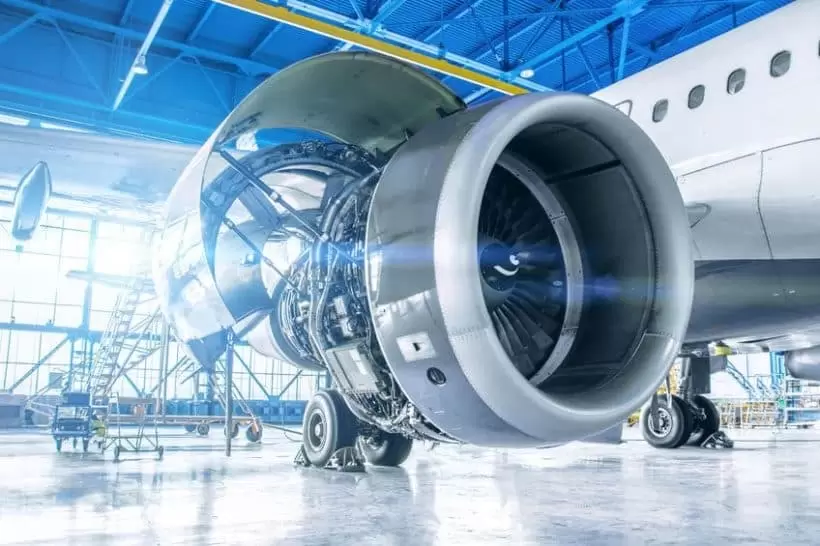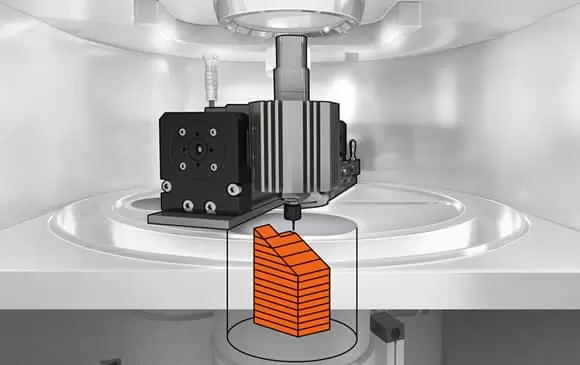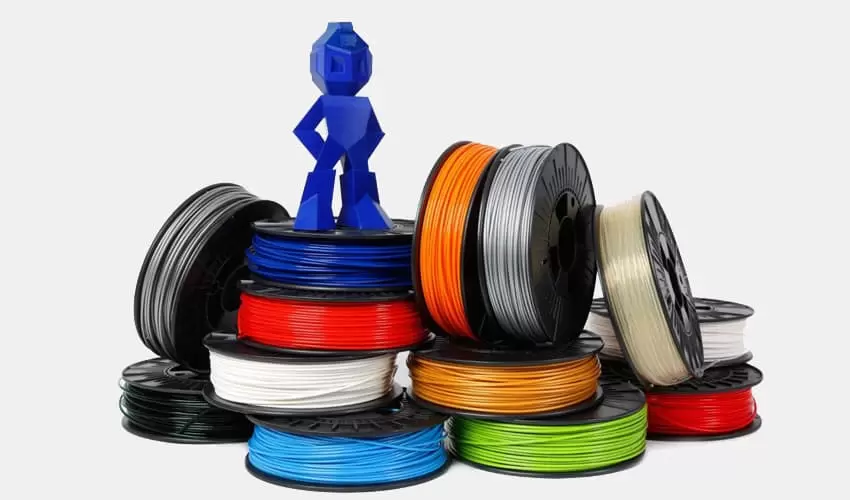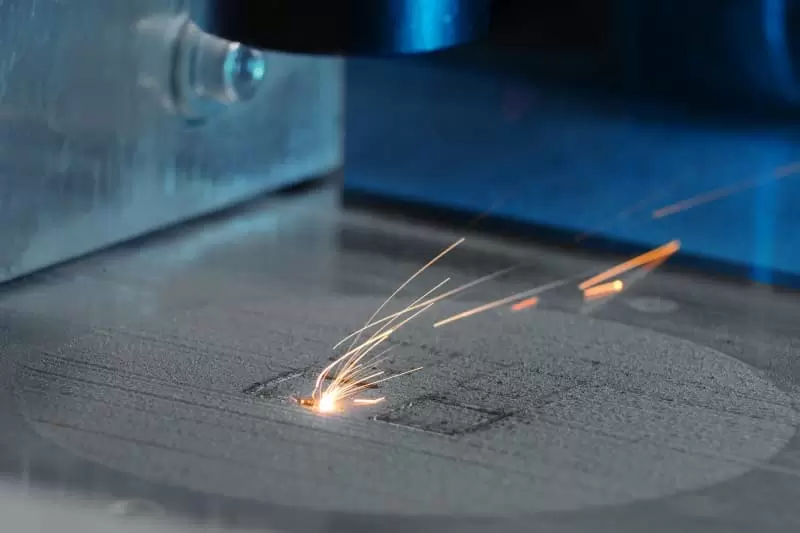Table of Contents:
- Introduction
- Advantages of 3D Printing
- Disadvantages of 3D Printing
- Future of 3D Printing
- Conclusion
-
1.Introduction
3D printing is a rapidly growing technology that allows the creation of three-dimensional objects from digital files. It has revolutionized the manufacturing industry by enabling faster and more efficient production of complex designs. However, like any other technology, 3D printing has its advantages and disadvantages. In this article, we will explore the benefits and drawbacks of 3D printing.
-
2.Advantages of 3D Printing
A. Rapid Prototyping: One of the main advantages of 3D printing is its ability to create rapid prototypes. This means that designers can quickly create a physical model of their design, test it, and make changes before going into full-scale production. This saves time and reduces the risk of errors.
B. Customization and Personalization: Another advantage of 3D printing is its ability to create custom-made products. 3D printers can produce unique designs and shapes that are difficult or impossible to achieve using traditional manufacturing methods. This allows for greater customization and personalization of products.
C. Cost-Effective: 3D printing can be a cost-effective solution for small-scale production runs. It eliminates the need for expensive molds and tooling, which can be a significant cost for traditional manufacturing methods. This makes 3D printing a viable option for startups and small businesses.
D. Reduced Material Waste: Traditional manufacturing methods often produce a lot of waste material. With 3D printing, only the necessary amount of material is used, reducing waste and saving resources. This makes 3D printing a more sustainable option than traditional manufacturing methods.
E. Enhanced Design Capabilities: 3D printing allows for the creation of complex designs that would be impossible or difficult to produce using traditional manufacturing methods. This opens up new possibilities for design and innovation.
-
3.Disadvantages of 3D Printing
A. Limited Materials: While 3D printing has come a long way in terms of material options, the range of available materials is still limited compared to traditional manufacturing methods. This can be a limiting factor for some applications.
B. Limited Quality: The quality of 3D printed products is not always as high as products produced using traditional manufacturing methods. The surface finish may be rough, and there may be visible layer lines. This can be a drawback for products that require a high level of finish.
C. High Initial Cost: 3D printers can be expensive to purchase, especially high-end models that can produce complex designs. This can be a barrier for small businesses or individuals who want to use 3D printing for prototyping or small-scale production.
D. Slow Production Time: 3D printing can be a slow process compared to traditional manufacturing methods. This can be a drawback for large-scale production runs or time-sensitive projects.
E. Intellectual Property Concerns: With 3D printing, it is easier to create copies of existing designs, which can lead to intellectual property concerns. This is especially true for patented designs.
-
4.Future of 3D Printing
Despite its drawbacks, 3D printing is a technology that is here to stay. As the technology continues to evolve, we can expect to see more advancements in material options, quality, speed, and affordability. 3D printing has the potential to revolutionize industries beyond manufacturing, such as healthcare and construction.
If you need about 3D Printing Service,You can click on the V1 Prototype website to find it.
-
5.Conclusion
In conclusion, 3D printing has its advantages and disadvantages. Its ability to create rapid prototypes, customization and personalization, cost-effectiveness, reduced material waste, and enhanced design capabilities make it a valuable tool for many industries. However, its limitations in materials, quality, initial cost, production time, and intellectual property concerns are important considerations. As the technology continues to evolve, we can expect to see more advancements in 3D printing, making it a more viable option for a wider range of applications.
